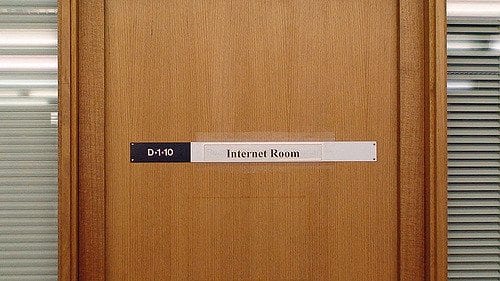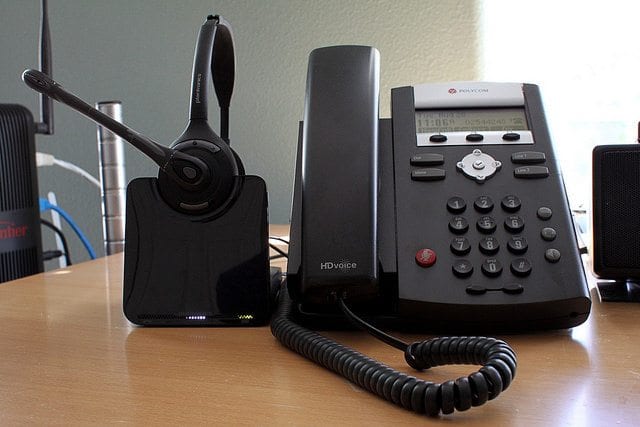How do fibre optic cables work?
What Are Fibre Optic Cables?
Let start at the beginning…
Fibre optics is a method of data transmission which involves sending coded information via a beam of light projected through a glass tube or pipe. It has its origins in the work of 19th century scientists Jean-Daniel Colladon (a Swiss physicist who discovered that a continuous beam of light could be shone down a water pipe through internal reflection) and John Tyndall (an Irish physicist who formally demonstrated internal reflection to the Royal Society in London by shining light into the bending stream from a jug of water).
And the Cables?
Fibre optic cables are composed of very thin strands of glass or plastic – each less than a tenth of the thickness of a human hair. These strands are known as optical fibres, and each one is capable of transmitting somewhere in the region of 25,000 phone calls. Fibre optic cables typically range from a minimum of two to several hundred strands.
To ensure uninterrupted light transmission, the glass used in making optical fibres has to be very pure – so the core of a cable is typically made using silicon dioxide. Around this core there’s a coating or cladding of somewhat different glass, which is usually infused or “doped” with traces of elements like boron or germanium. A plastic coating and shroud made from Kevlar or metal fibres surrounds the core and cladding, and the entire assembly is sealed against water and dirt by a protective outer layer.
A complete cable may be only a few centimetres in diameter, with the core measuring as little as five to 10 millionths of a metre.
Bouncing Light Around
Transmission through fibre optics is achieved when the photons or particles of light making up a beam hit the glass walls of an optical fibre at a very shallow angle (forty degrees or less), and reflect back as if striking a mirror. This is known as total internal reflection, and ensures that all the light transmitted remains inside the tube.
The physical structure of the cable assists in this, as the doping applied to the cladding lowers its refractive index relative to that of the core (different reflection characteristics), and effectively confines the light beam to the core of the fibre.
Continuous runs of cable up to 100 km (60 miles) are possible, with light bouncing off the walls and reflecting back into the main stream at speeds of around two-thirds the natural velocity of light in a vacuum (which is about 300,000 km or 186,000 miles per second). That’s why there’s usually an equipment hut positioned very 80 to 100 km (40 to 60 miles) on long distance transmission lines, to boost or retransmit signals along the next section of cable.
Single and Multi-Mode Cables
In single-mode transmission, light travels straight down the middle of a cable, without bouncing off the sides. Cables usually have a very thin core (five to ten microns or millionths of a metre), and are used in telephone, cable television, and internet applications.
Fibre optic cables transmitting light in multi-mode are typically around ten times the size of single-mode cables, and allow light to use a variety of paths (multiple modes) to move down the cable. Information may only be sent over relatively short distances, so multi-mode cables find application in areas like the linking of hardware between computer networks.
Multiple strands are combined in the thickest cables, which are typically used in medical endoscopy, where tools like gastroscopes (fed down a patient’s throat, with a light shining down, then reflected back to an eyepiece) or localised probes can reveal conditions within a patient’s body without the need for invasive surgery.
Real-Time Benefits
With their resistance to signal interference, high bandwidth capacity, and ease of operation (information can travel much further before it needs to be amplified or retransmitted) fibre optic cables are a true asset to modern-day communications.





